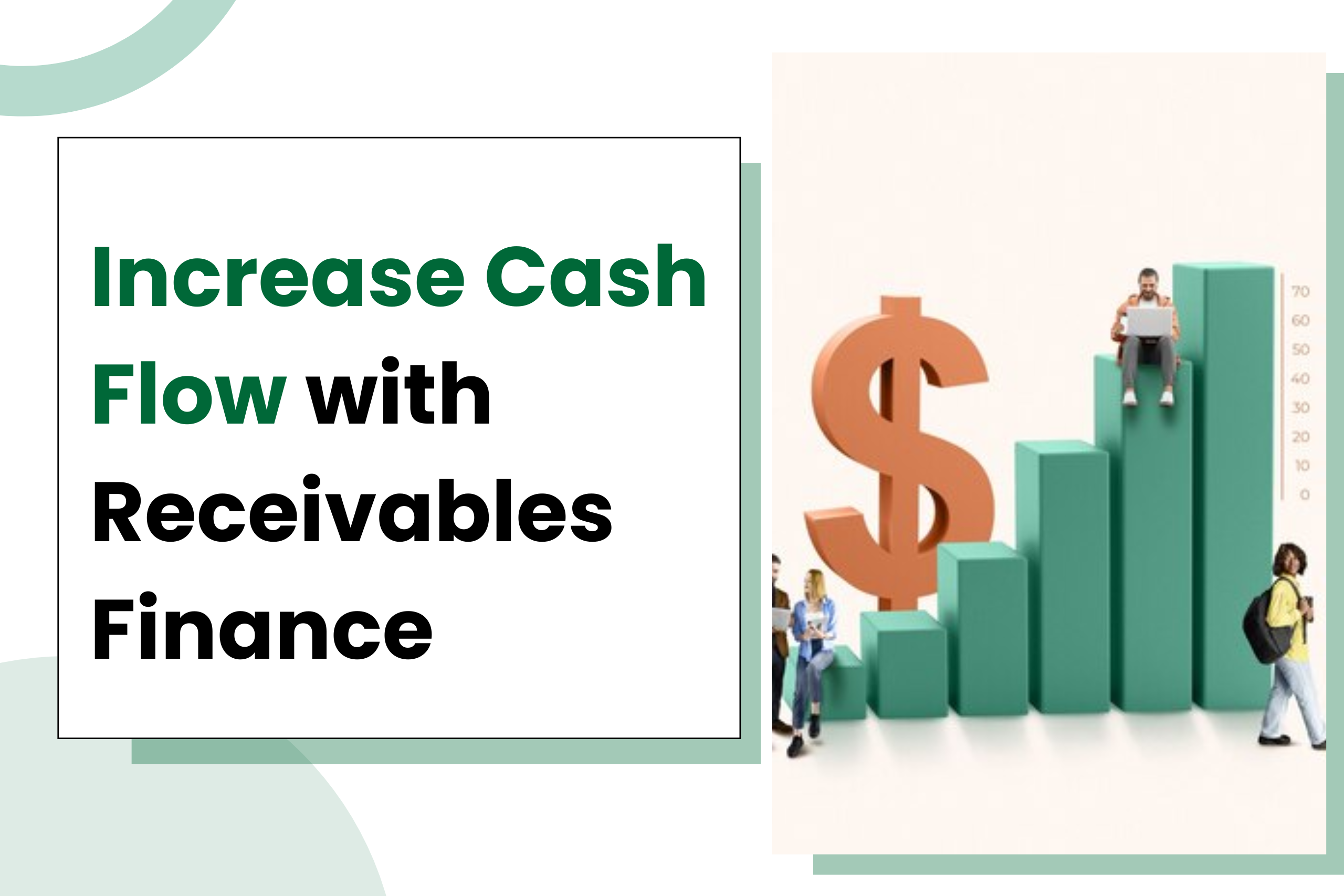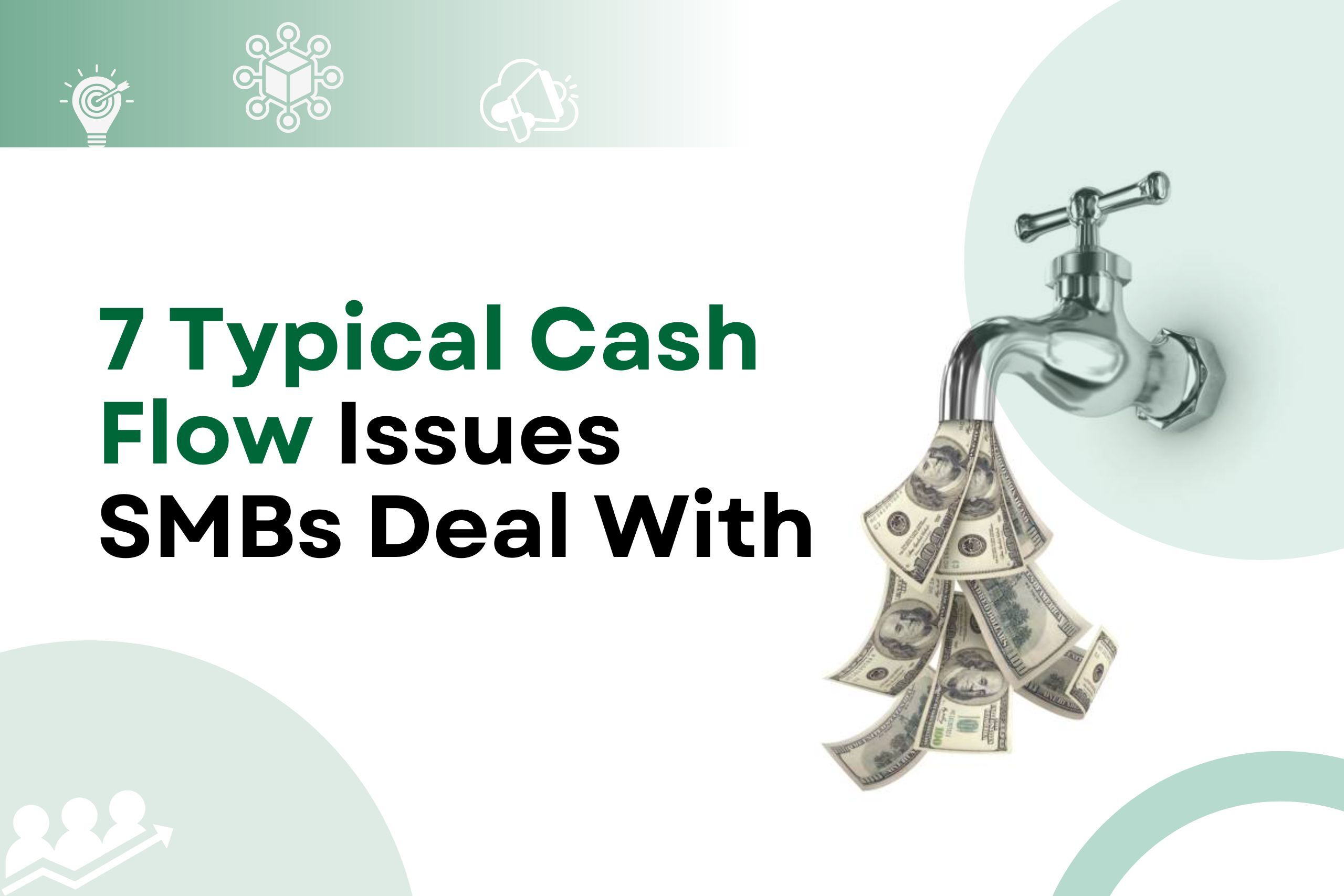In today’s competitive business landscape, access to capital is crucial for growth and expansion. However, tying up significant funds in equipment can hinder your ability to invest in other crucial areas of your business. This is where an equipment sale-leaseback can be a game-changer.
What is an Equipment Sale-Leaseback?
An equipment sale-leaseback is a financial transaction where you sell your existing equipment to a third-party investor and simultaneously lease it back. This allows you to convert the value of your assets into immediate cash, freeing up capital for other strategic initiatives.
How Does it Work?
The process is relatively straightforward:
- Asset Appraisal: You’ll need to have your equipment professionally appraised to determine its fair market value.
- Sale and Lease Agreement: You’ll negotiate a sale and leaseback agreement with an investor, specifying the terms of the sale and the subsequent lease. This will include the purchase price, lease payments, lease term, and any other relevant conditions.
- Sale of Equipment: You sell the equipment to the investor.
- Leaseback Agreement: You immediately lease the equipment back from the investor, allowing you to continue using it without interruption.
Benefits of an Equipment Sale-Leaseback:
- Immediate Cash Infusion: The most significant benefit is the immediate access to capital. This liquidity can be used for various purposes, including:
- Investing in new equipment or technology
- Expanding your operations
- Reducing debt
- Funding working capital
- Mergers and acquisitions
- Improved Cash Flow: Regular lease payments are typically more predictable and manageable than large capital expenditures.
- Off-Balance Sheet Financing: Depending on the structure of the agreement, the equipment may no longer appear on your balance sheet, improving your debt-to-equity ratio.
- Tax Advantages: Consult with a tax professional to explore potential tax benefits related to depreciation and lease payments.
- Focus on Core Business: Freeing up capital allows you to focus on your core business operations and strategic growth initiatives.
Things to Consider:
- Lease Payments: While you gain immediate cash, you’ll be obligated to make regular lease payments over the agreed-upon term. Carefully evaluate if these payments align with your cash flow projections.
- Lease Terms: Negotiate favorable lease terms, including the length of the lease, renewal options, and any buyout clauses.
- Investor Selection: Choose a reputable and experienced investor to ensure a smooth and transparent transaction.
- Hidden Costs: Be aware of any potential hidden costs associated with the transaction, such as appraisal fees or legal fees.
- Future Equipment Needs: Consider your future equipment needs and whether the sale-leaseback will hinder your ability to upgrade or replace equipment in the future.
Is an Equipment Sale-Leaseback Right for You?
An equipment sale-leaseback can be a powerful financial tool, but it’s not suitable for every business. Carefully weigh the benefits and potential drawbacks before making a decision. Consult with financial professionals, such as accountants and advisors, to determine if this strategy aligns with your specific business goals and financial situation. Proper planning and due diligence are crucial for a successful equipment sale-leaseback transaction.




